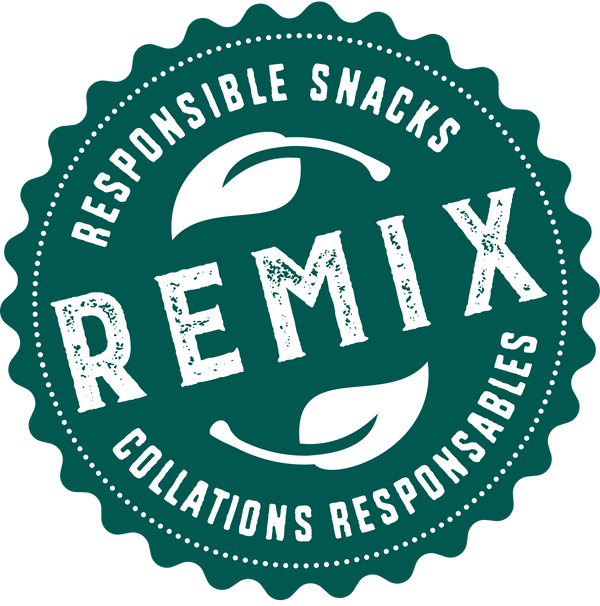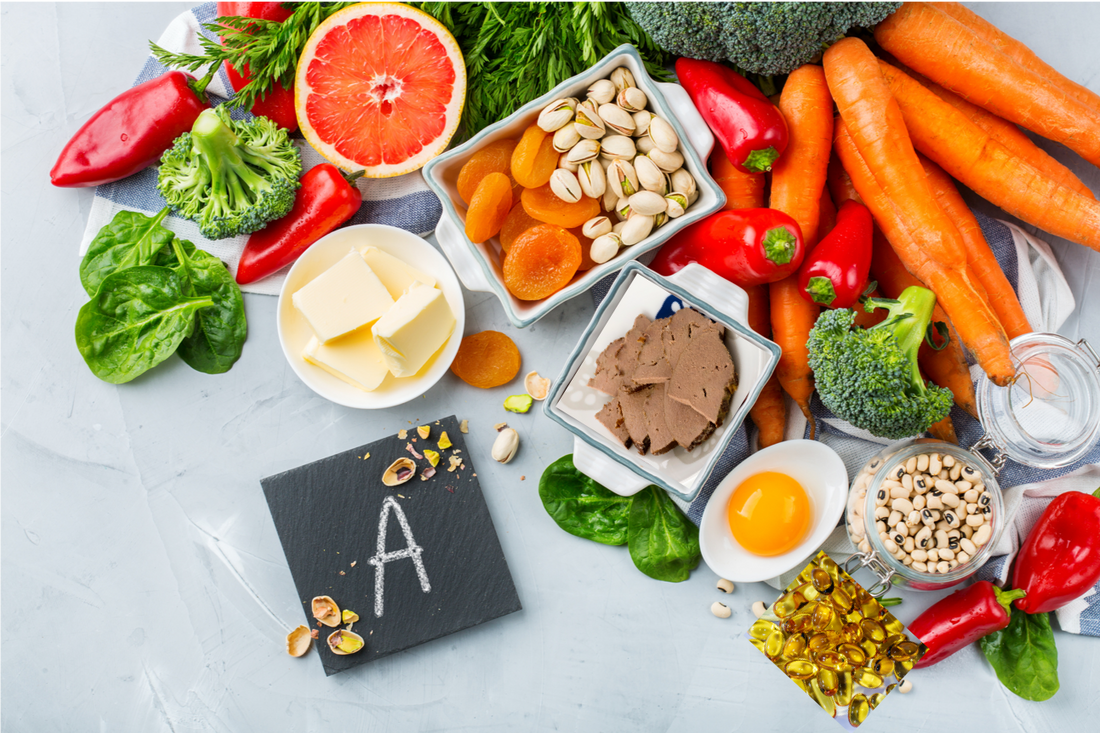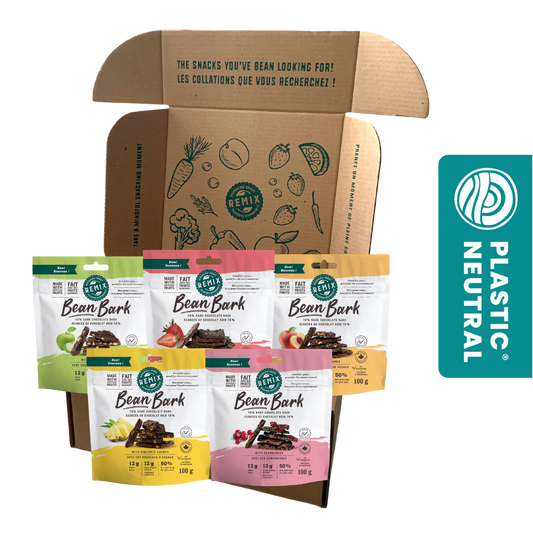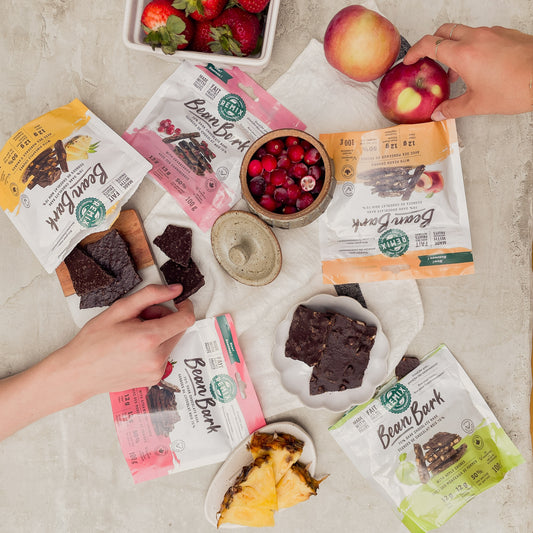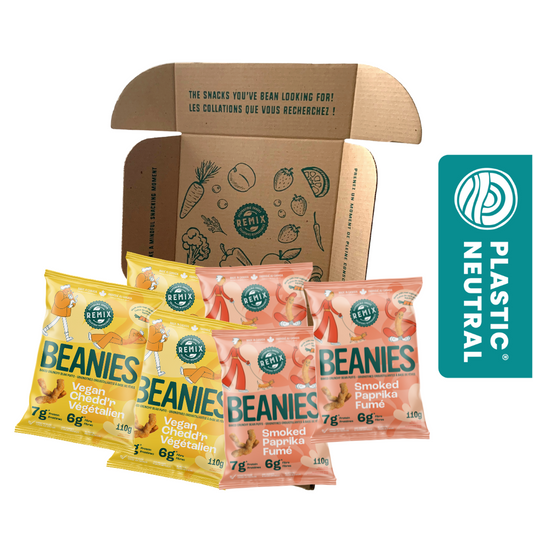Written by: Lauren Rotholz, December 2022
You may have heard the myth that eating a lot of carrots improves your vision. It is believed that this tale was started by the British Army fighting in World War II to mislead their German enemies (Smith, 2013). While eating carrots cannot improve our vision, they do play a role in keeping our eyes healthy. This is because carrots contain a micronutrient called vitamin A.
What is vitamin A?
Vitamin A is a fat-soluble vitamin that plays many important roles in our bodies. Because it is fat-soluble, our bodies are able to store this vitamin and it is mainly kept in our liver. Vitamin A is involved in our vision, skin and immune system. It is also important for our growth and development (Office of Dietary Supplements, 2022).
There are two forms of vitamin A in foods: preformed vitamin A, called retinoids, and provitamin A carotenoids, like beta-carotene. Carotenoids need to be converted into vitamin A by our bodies in order to be used. Because of this, the absorption of carotenoids is less than that of preformed vitamin A. Preformed vitamin A is found in animal foods, while provitamin A carotenoids are found in plant foods (Whitney et al., 2015) (Office of Dietary Supplements, 2022).
Some foods also have non-provitamin A carotenoids, like lycopene, lutein and zeaxanthin. While these cannot be converted into vitamin A, they may play other important roles in our bodies (Office of Dietary Supplements, 2022).
Foods high in vitamin A
The best animal sources of vitamin A are liver, fish, dairy products and eggs. Carotenoids are found in high amounts in plant foods that are dark green, yellow, orange and red. Carrots, spinach and sweet potatoes are examples of plant foods high in vitamin A. Eating a variety of these foods can help to meet your vitamin A needs (Whitney et al., 2015).
Want to increase the absorption of carotenoids? Eating carotenoid-rich plant foods with fatty foods or cooking these foods can help!
If you are curious about how much vitamin A is in different animal and plant sources, check out the table below. Vitamin A is measured in RAE, which stands for retinol activity equivalents (Office of Dietary Supplements, 2022).
|
Food |
Serving size |
Vitamin A (mcg RAE) |
|
Animal sources |
||
|
Beef liver, pan-fried |
75 g |
5808 |
|
Chicken liver, pan-fried |
75 g |
3222 |
|
Milk, 2% |
250 ml (1 cup) |
163 |
|
Cheddar cheese |
50 g |
132 |
|
Egg |
1 large |
96 |
|
Plant sources |
||
|
Sweet potato, baked |
1 medium |
1096 |
|
Carrots, boiled |
125 ml (½ cup) |
702 |
|
Spinach, boiled |
125 ml (½ cup) |
498 |
|
Papaya |
1 medium |
143 |
*Data from the Canadian Nutrient File codes 2657, 5335, 61, 119, 132, 2381, 2241, 2214 and 1628 (Gouvernement du Canada, 2021).
Beanies are also a good source of vitamin A, because they are made with upcycled dehydrated carrots. Smoked Paprika provides 900 mcg and Vegan Chedd’r provides 700 mcg of vitamin A!
How much vitamin A do we need?
We all need different amounts of vitamin A depending on our life stage and our sex.
Here’s the recommended daily allowance (RDA) for vitamin A (Health Canada, 2010):
|
Age |
Male |
Female |
Pregnancy |
Lactation |
|
0-6 months |
400 mcg RAE |
400 mcg RAE |
||
|
7-12 months |
500 mcg RAE |
500 mcg RAE |
||
|
1-3 years |
300 mcg RAE |
300 mcg RAE |
||
|
4-8 years |
400 mcg RAE |
400 mcg RAE |
||
|
9-13 years |
600 mcg RAE |
600 mcg RAE |
||
|
14-18 years |
900 mcg RAE |
900 mcg RAE |
750 mcg RAE |
1200 mcg RAE |
|
19-30 years |
900 mcg RAE |
700 mcg RAE |
770 mcg RAE |
1300 mcg RAE |
|
31-50 years |
900 mcg RAE |
700 mcg RAE |
770 mcg RAE |
1300 mcg RAE |
|
> 51 years |
900 mcg RAE |
700 mcg RAE |
Did you know that vitamin A has antioxidant properties? Beta-carotene is actually an antioxidant (Whitney et al., 2015).
Benefits of vitamin A:
There may be benefits of high vitamin A intake for certain cancers. Studies have looked at whether vitamin A can reduce cancer risk. The results are still unclear; but, it seems that those who eat many foods high in vitamin A may have lower risks. However, this does not mean that high vitamin A intake will prevent these cancers. There may also be vitamin A benefits for certain age related vision problems, particularly age-related macular degeneration (AMD), which can cause vision loss. Carotenoids, such as lutein and zeaxanthin may play a role in AMD prevention; however, more research is still required (Office of Dietary Supplements, 2022).
To learn more about vitamin A, check out this article by Unlock Food, a website that is run by Dietitians of Canada!
References:
Government of Canada. (2021). Canadian Nutrient File (CNF) - Search. https://food-nutrition.canada.ca/cnf-fce/index-eng.jsp
Health Canada. (2010, November 29). Dietary Reference Intakes. Government of Canada. Retrieved December 10, 2022, from https://www.canada.ca/en/health-canada/services/food-nutrition/healthy-eating/dietary-reference-intakes/tables/reference-values-vitamins-dietary-reference-intakes-tables-2005.html
Office of Dietary Supplements, National Institutes of Health. (2022). Vitamin A and Carotenoids. Retrieved December 9, 2022, from https://ods-od-nih-gov.proxy3.library.mcgill.ca/factsheets/VitaminA-HealthProfessional/
Smith, K. A. (2013, August 13). A WWII propaganda campaign popularized the myth that carrots help you see in the dark. Smithsonian Magazine . Retrieved December 9, 2022, from https://www.smithsonianmag.com/arts-culture/a-wwii-propaganda-campaign-popularized-the-myth-that-carrots-help-you-see-in-the-dark-28812484/
Unlock Food. (2019). What You Need to Know About Vitamin A. UnlockFood.ca. Retrieved 2022, from https://www.unlockfood.ca/en/Articles/Vitamins-and-Minerals/What-You-Need-to-Know-About-Vitamin-A.aspx
Whitney, E. N., Rolfes, S. R., Hammond, G., & Piché, L. (2015). Understanding Nutrition (2nd ed.). Cengage Learning.
